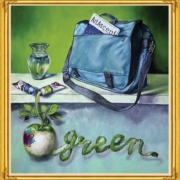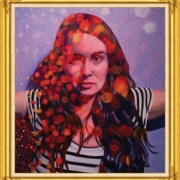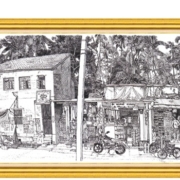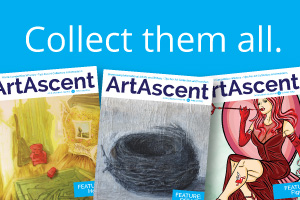Collecting art multiples as an investment
Prints, photographs and sculpture that are part of a limited-edition pose particular problems for the investor in art that set them apart from unique works.
The fact that an object of art is unique is of critical importance in determining its monetary value. When purchasing an art work, the collector will consider the price of similar pieces by the same artist or works from the same period and determine whether the asking price is fair and reasonable. Inevitably, there will be some uncertainty.
With the acquisition of prints, photographs or sculptures that are part of an edition of multiples, this uncertainty is reduced. In some cases, not all of the impressions of a contemporary print will be absolutely identical. The price for each print in an edition will, however, be within a fairly narrow range. Differences in the price of individual sequentially numbered impressions of a print arise from visible variations in quality of reproduction of the printing plate or major and minor differences in ink colour or density. Because of changes in printing technology and paper and ink manufacturing, the value of different impressions in contemporary lithographic or giclée editions is not as variable as it is with etchings, woodcuts and engravings. Determining the value of contemporary prints is less complex than for singular works of art. One simply checks the auction records or visits a dealer to see what the current price is for other impressions of the same print. The same applies to editions of contemporary photographs and sculpture.
Because prints and photographs can be consistently reproduced with ease these days, the numbering of impressions in a limited series is of less consequence than it once was. For instance, print numbered “one” in an edition of 50 is unlikely to be worth much more than impression number 50. The value of a print or photograph is, however, dependent on the number of impressions printed in any edition. Generally, the smaller the edition, the more likely a print will appreciate in value. This fact is reflected in the popular advertising slogan of “limited edition” used in the marketing of everything from cars to porcelain. Of course one must be cautious that an edition is not limited to as many as can be sold. Ethical artists can be trusted to adhere to the implicit promise of destroying the plate or digital file when the stated limit of the edition has been printed.
Sculptures also are often produced in an edition. There might be variables in the finishing of the surface from one impression to another. This will affect the value or desirability of a particular piece over another. In the work of deceased sculptors, a premium is added to the price for pieces that were cast or fabricated during the artist’s lifetime. For example, casts made of Rodin sculptures after his death have a much lower value than those that were produced under his watch. The same applies to photographs that are styled vintage, meaning they were printed during the artist’s lifetime, as opposed to those posthumously printed from his or her photographic negatives. It is not certain what the market will make of digital art printed after an artist’s death, but generally, a work of art is more valuable – in other words in more demand – when its authenticity is confirmed by the handwritten signature of the artist.
For those collectors who are concerned with the investment value of art, collecting prints, photographs or sculptures produced in multiples has certain advantages. The price of acquisition of each piece will usually be much less than that of a unique work of art. This allows the less well-off collector to enter the market, but one should be aware of the fact that the capital appreciation of a work created in multiple impressions will not necessarily increase at the same rate as a unique work of art.
Another advantage of collecting prints and photographs is that they are easily stored and simple to transport. This reduces the cost of managing and disposing of an investment in art in these media. Finally, collecting prints, drawings and sculptures that exist as multiples allows the investor to spread risk of capital appreciation over the work of several artists with minimal cost.
Collecting prints and photographs or sculpture created in a limited edition can be rewarding in terms of investment, but as with all acquisitions of art, risk can be reduced if one has broad understanding of the market.
By Alan McNairn







